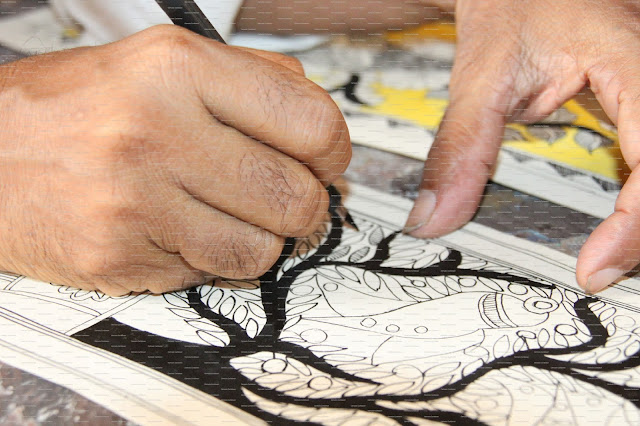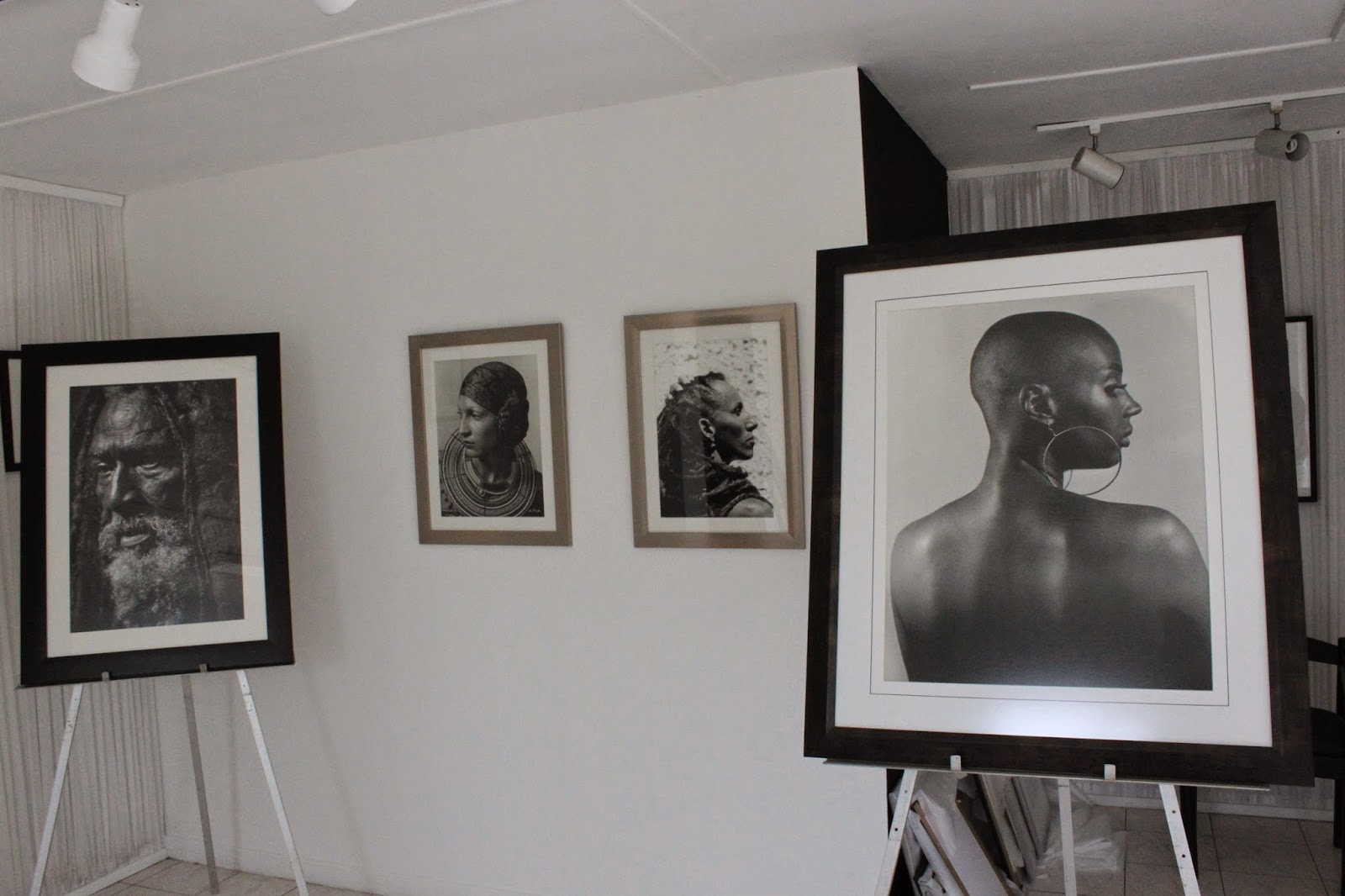India Chronicles - Madhubani: A tradition of mythological proportions
Rustic, traditional, and precise, each work tells a story – of the painter’s thoughts, dreams, aspirations, and critically giving life to Hinduism’s holy scriptures and deities.
A mix of folklore, realism, celebrations, joy, and spiritualism, Madhubani is a personal statement of the artist, carrying on a tradition that has been handed down from generations.
Ram Charita Paswan, is one of scores of painters who started dabbling with colours when he was six years old.
“I used to watch my grandmother paint,” the bespectacled, lean fourth-generation painter said. “I used to take cotton wool, tie it on a stick and try to dab paint on a paper, but I always ended up making a mess of things.”
Though he made a ‘mess’, he got the fundamentals right the first time – traditionally cotton wool was used a brush, a fine bamboo stick shaped to make a pen nib for making fine lines.
The colours, like the rustic charm of the villages from where this painting originated, are derived from nature.
“The black made from the residue of the oil from the lamps, green from the leaves, yellow from sunflower and purple from ‘jamun’ (a berry unique to North India, which leaves a purple hue on the tongue when eaten),”he said, sitting cross legged on the floor,
The paper is treated with cow dung (nothing to wince about, though, cow dung is considered sacred, antibacterial, and has been used as a plaster on the walls of houses, and fuel) – this gives a yellowish tint to the paper.
“This is to give the paper longevity and it doesn’t attract any insects,” Paswan said.
Paswan, whose wife, Savitri Devi, and their two children also paint Madhubani, said that the process has more or less remained the same throughout the centuries of this art form’s existence. “There is no shading or sketching involved, the lines are drawn in ink and the painting evolves,” he said. “Usually a double line is drawn for outlines and the gap is filled with either cross or tiny straight lines.”
Before paper, the canvas was the walls of the houses, which were adorned with the fables and stories from the scriptures. These provided both aesthetic appeal, as well as it highlighted the sayings and morals in the scriptures and depicted mythological events.
Over the years, this art form has evolved, and is now finding its place in merchandise – bags, accessories, and garments. Also, the traditional themes are being tweaked to suit the tastes of the consumers.
“Sometimes people do not want any figures or gods or goddesses,” Paswan said, his demeanour as calming as his creations.
Traditional themes encapsulate Hindu deities – both male and female forms of a holy trinity and their reincarnations. Nature is also a focal point, sun, moon, and the holy basil, which is considered a sacred plant in Hinduism.
Weddings are also featured in the paintings, which are interspersed with motifs of flowers, animals, birds, fish, and other designs.
India, the land as enchanted as it is, has nurtured and preserved traditions and creations, unique to its identity, its people, and its culture, which finds relevance and place in this evolving world – they are time tested and are immortalised, like Madhubani, in forms that cherish.






Comments
Post a Comment